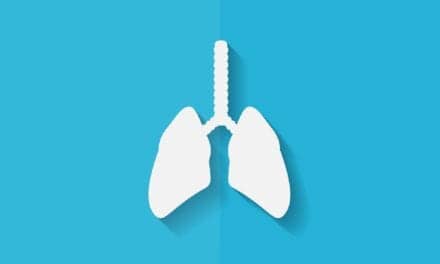A new study from Lund University in Sweden investigates the role of cholesterol as a surfactant on the lung surface.
Cholesterol constitutes a natural ingredient in the thin surfactant that covers the inside of our lungs, but it is almost completely absent from the clinical preparations used in healthcare to treat premature babies.
“In very premature babies, the film on the surface of the alveoli has not had time to develop completely. Although we administer surfactant drugs, usually extracted from pig’s lungs, to good effect in the acute phase, we still see pronounced long-term damage to the lungs of these extreme premature babies,” says Marcus Larsson, a physician and researcher at Lund University’s Faculty of Medicine.
In the current study, the researchers used advanced NMR technology, or nuclear magnetic resonance, to map how cholesterol affects the molecular structure of the thin film in the alveoli. The method enabled the researchers to extract completely new molecular information and to compare the appearance of the structure with and without cholesterol.
Read more at www.sciencedaily.com










